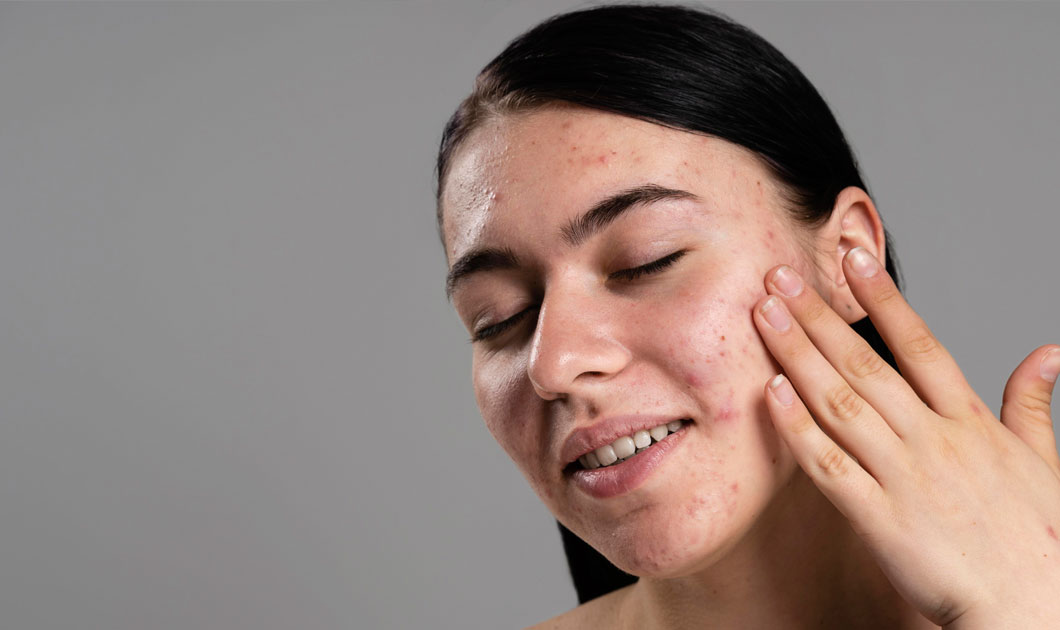Types Of Acne Scars:
There are two main types of acne scars: atrophic (depressed) and hypertrophic (elevated). These scars form depending on the levels of collagen in the skin during the healing process after a breakout. Only 10% of acne scars fall under the hypertrophic category, also known as keloids.
Atrophic scars can be further classified into three subtypes based on their appearance. Ice pick scars are narrow, vertical scars with sharp edges and a diameter of under 2mm. Rolling scars are pits in the skin with a diameter of up to 5mm, round edges, and an undulating appearance. Boxcar scars are larger than rolling scars, with defined edges and a width ranging from 1.5mm to 4mm.
The effectiveness of scar revision treatment depends on the type and severity of the scar.
Acne scars can develop due to various skin injuries like burns, wounds, vaccinations, surgeries, and acne. These scars may present themselves as deep pits, raised lesions, or dark pigmentation. A dermatologist can identify the severity of the scars and recommend a treatment plan. To prevent acne scars, it is best to seek medical attention as soon as breakouts occur, avoid popping pimples, and refrain from picking scabs. Home remedies and self-care methods may not be safe or effective and may even worsen inflammation, trigger acne, or cause severe side effects. If these prevention tips do not work, it is advisable to seek professional solutions.




